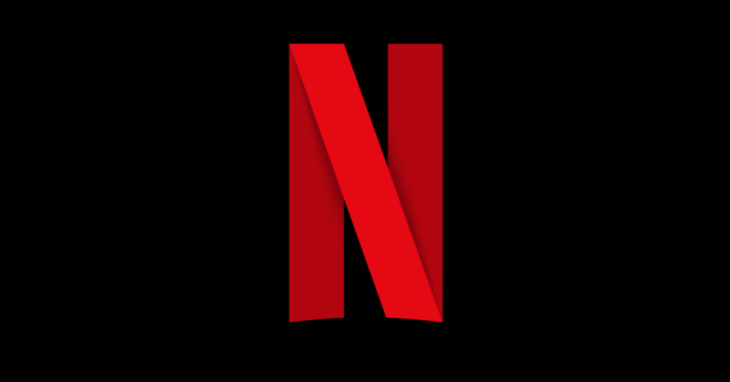
By Howard Law, author of Canada vs. California, and MediaPolicy.ca
Earlier this month Cartt published “C-11, CRTC, and destabilizing market-driven CanCon,” an opinion piece from Len St-Aubin.
Two years ago St-Aubin and I volleyed back and forth on the merits of the Online Streaming Act as it passed the House of Commons. I suppose the two grumpy old men are back at it again: St-Aubin’s recent column is an indictment of the current regulatory state of affairs and here I am responding.
For the sake of brevity and avoiding repetitious debate, I will just focus on his argument about the benevolent impact of the American streamers on Canadian content in the ten unregulated years prior to Bill C-11, what he describes as market-driven streamer investments in Canadian television programs.
The gravamen of his argument is that CRTC regulation requiring streamer cash contributions to Canadian media funds will only result in the streamers moving dollars sideways across ledger columns from investments in Canadian shows (FIIP) to replenishing Canadian media funds.
St-Aubin’s big claim is that “over the last ten years — without any regulation — foreign investment in CanCon, mostly from streamers, doubled to $1 billion by 2023.” (Emphasis added.)
That’s a reference to “foreign pre-sales and advances” tracked in the annual CMPA Profile Report, which is one of two ways that FIIP is tracked (the other, less significant number is post-production sales to foreign broadcasters). I’ve emphasized St-Aubin’s reference to “streamers,” as he appears to be attributing the CMPA’s foreign investments to them. I will also note that, adjusted for inflation, the 10-year growth in FIIP financing of Canadian content is 57 per cent, not 100 per cent.
And CanCon is doing just fine, says St-Aubin, relying on CMPA data to observe that over the last five years “foreign investment” “helped” certified CanCon TV grow by 54 per cent — from $2.4 billion to $3.7 billion in production spending (oops, that inflation thing again, it’s actually 16 per cent growth over five years).
All’s fair in love, war and statistics. It’s worth mentioning that the 2023 figure is expected to fall from its historic high next year, once the deferred production from Covid and the Hollywood strike dissipates. That would flatten the rosier growth trajectory to look more like the pre-pandemic stagnation in Canadian content production.
My main point in rebuttal to St-Aubin’s analysis however is that we should be careful not to credit “foreign investment” and “helping” to financing provided by Hollywood streamers.
Only the streamers know whether and how much they’ve invested in Canadian content by making a pre-sale commitment in exchange for licensing new Canadian programs for their global distribution outside of Canada. Significantly, they aren’t saying they’re doing that. They prefer to talk about the trickle-down effect of making their American movies on Canadian movie sets.
Unfortunately, the CMPA Profile report must rely upon the CAVCO office for much of its data. That department of Heritage Canada does not disclose data identifying which foreign company is making these pre-sale commitments to Canadian content: is it the streamers or is it the long list of other foreign broadcasters and distributors who’ve been doing this for decades?
The fact is that foreign television companies around the globe were snapping up CanCon through pre-sales and advances long before Netflix brought its service to Canadian audiences in 2011. The CMPA’s 2009 Profile – the last production year prior to the global financial crisis – revealed (ex 2-48) that foreign pre-sales and advances for English language Canadian content were 14 per cent of the overall financing mix of Canadian, foreign, public and private sources. Fourteen years later in 2023, it had crept up to 17 per cent.
The logical conclusion in the absence of better data is that the unregulated streamers cannot take credit for some dramatic increase in foreign investment in Canadian content. After all, the comparable 2023 figure for foreign investment in French language Canadian shows is less than one per cent of overall production budgets. I think we can assume Netflix and the Hollywood streamers prefer not to own that dismal number.
If you cast your mind back to the C-10 hearings before the Heritage Committee in 2021, you may recall the hazing that Netflix got from Bloc MP Martin Champoux. The Netflix spokesperson could not provide MPs with an investment figure for original Canadian productions, either original or catalogue, in either official language that the streamer had a role in bringing to market. Instead, it elected to focus on one (very good) Netflix original, Jusqu’au Declin.
Still, that was then, this is now. The CRTC is soon to answer this question: how are Netflix and the other streamers going to contribute to Canadian content, now they have been brought within the regulatory tent?
When Heritage officials appeared before Parliamentary committees deliberating C-11, they suggested the streamers would be expected to pick up significant commitments to spend on making or licensing Canadian content. This was consistent with the government’s pre-legislative study, the “Yale Report,” which in Figure 3-7 slated the streamers for making Canadian Programming Expenditures (currently met by Canadian broadcasters at an average tariff of 29 per cent of total revenues).
So far, the CRTC has levied upon the streamers an “initial base contribution” to Canadian media funds of 5 per cent of revenues, although the true figure is 3.5 per cent once streamers take up the commission’s offer to substitute program acquisitions for contributions to the Canada Media Fund. (Netflix told the CRTC that it would accept a 2 per cent base contribution.)
The streamers are dug in, regardless, appealing the commission ruling to the courts. Their strategy appears to be oppose, appeal, and get the attention of the next U.S. president, U.S. Congress and U.S. trade representative.
We’ve a ways to go yet. There’s plenty of time for more commentary from grumpy old men.
Photo of Netflix logo via Wikimedia
HIGH QUALITY JOURNALISM REQUIRES AN INVESTMENT.
Cartt.ca publishes breaking news, in-depth feature stories, analysis, and opinion geared specifically for those working in the cable, radio, television, and telecom industries in Canada.
Breaking news, top-notch analysis and commentary is posted as it happens while twice-weekly newsletters compile those stories and deliver them directly to more than 4,000 industry subscribers. Cartt.ca offers credible journalism for the industry professional.



